To make sure your social media campaign is as successful as possible, follow our 7 steps to plan and structure your campaign strategy
If you have an upcoming marketing campaign for a new product feature, or a holiday promotion that you want to capitalize on, or maybe you’re releasing a brand-new product, you will want to plan a social media marketing campaign to help spread the word.
But in order to make sure your social media campaign strategy is as successful as possible, you need to plan in advance and consider how it integrates with other strategies.
How to structure an integrated social media campaign plan
Ideally, the social elements of the campaign will be part of a broader marketing campaign plan - our companion post and members' marketing campaign plan template recommend you structure your campaign using these key campaign elements:
- Campaign goals and tracking.
- Campaign insight and targeting.
- Key campaign messages and offers.
- Campaign media plan and budget.
- Campaign asset production.
- Campaign execution.
Download our Business Resource – Marketing campaign plan template
Create a modern, integrated, inbound marketing campaign plan by applying the RACE planning approach to maximize leads and revenue.
Access the Marketing campaign plan template
Your social media campaign strategy should support your broader campaign goals and plans.
What is social media marketing?
Social media covers a range of digital media enabling audience participation, interaction, sharing, and creation of user-generated content (UGC) on social networks.
Social media is both an art and a science. It’s a science because you need to test and learn what is effective on different social platforms. You need to test the techniques that gain maximum engagement and amplification on each platform by using the latest organic and paid tactics.
An integrated approach towards marketing through social media tools to monitor and facilitate interaction, participation and sharing within online communities. Commercial value can be achieved by encouraging and managing both positive and negative sentiments toward your company and its brands.
What is a social media campaign strategy?
Having a social media campaign strategy aligned with your marketing campaign plan means you will action a defined and consistent process for planning and measuring your social media marketing activities, with defined objectives structured around the campaign.
When planning your social media marketing campaign strategy, we suggest you focus on one of two key social media campaign objectives:
- Acquire new customers: Reach, interaction, and Community impact.
- Increase sales to existing customers: Volume - Quality - Value - Cost metrics
When it comes to planning your social media strategy, we strongly recommend integrating your activities on these channels across your wider digital marketing strategies - to consolidate your efforts, avoid duplication, and align your customers' journeys to and across your site.
Planning your next social media campaign in 7 steps
At Smart Insights, we have a wealth of free and premium social media resources to help marketers, managers, and business owners elevate their digital and social media strategies using data and best practices.
In the blog below, we will explore 7 steps to creating a social media marketing campaign strategy.
1. Set social media campaign goals
The first question you need to ask before a campaign is: why am I running this campaign? Answering this question will determine other steps you take during your campaign.
However, after setting these goals, you need to be specific. What level of brand awareness do you want to achieve with your campaigns? More website traffic? 2,000 new followers?
To set effective goals, they need to be specific, measurable, attainable, relevant, and time-bound (SMART).
Then, after setting your goals, it's vital to state the metrics you'll use to measure the achievement of your goals.
Make no mistake, goals are extremely important. In a CoSchedule survey, it was found that marketers who set goals were 376% more likely to report success.
Moreso, it affects every aspect of your social media campaign and helps to determine its success or failure.
2. Create buyer personas
Even if you create the best campaign content ever, if you're not targeting the right audience with your content, the campaign will likely fail. That's why you need to understand your ideal target before a campaign.
A buyer persona is a document that contains extensive details of your ideal customers. This helps you to create messages in your campaigns that can resonate with your target audience.
Some details to have in your buyer persona include:
- Name
- Gender
- Age
- Income
- Location
- Pain points
- Favorite social media channels
- Hobbies
- Interests
Knowing these details will help you create messages to build trust and convince your prospects to take action.
With a tool like Facebook Audience Insights, you can input a few details and then get more details from Facebook's huge database.
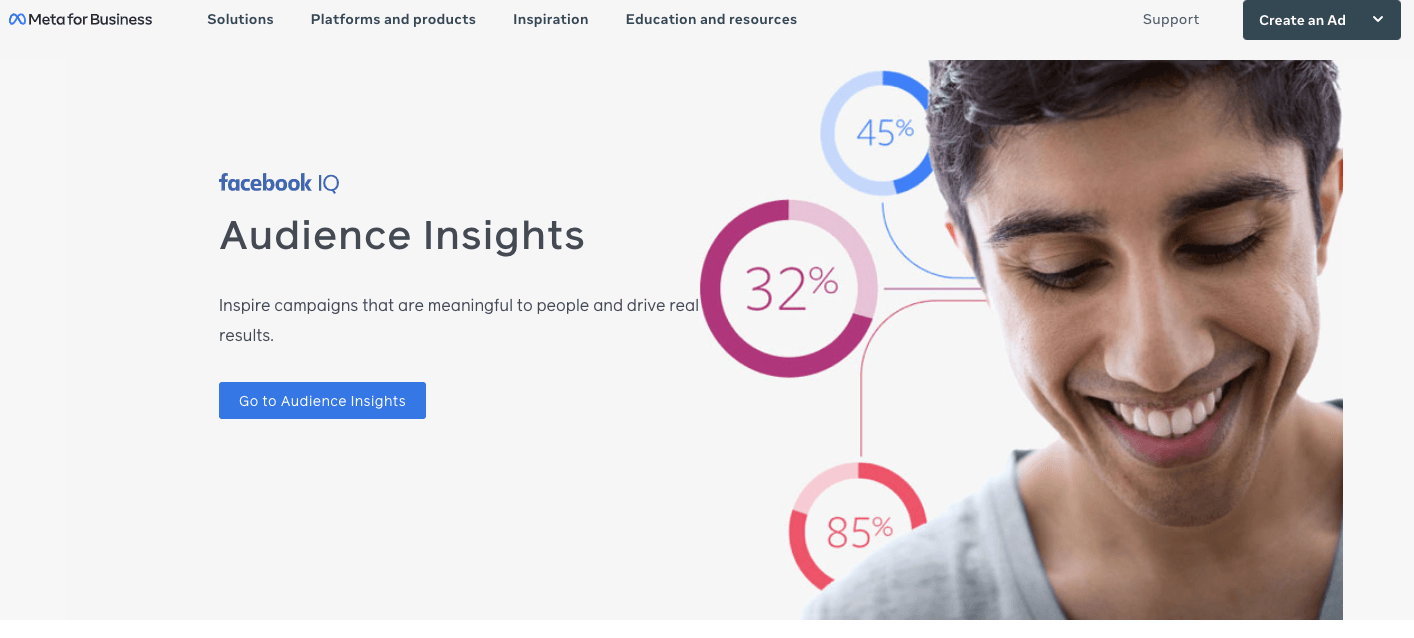
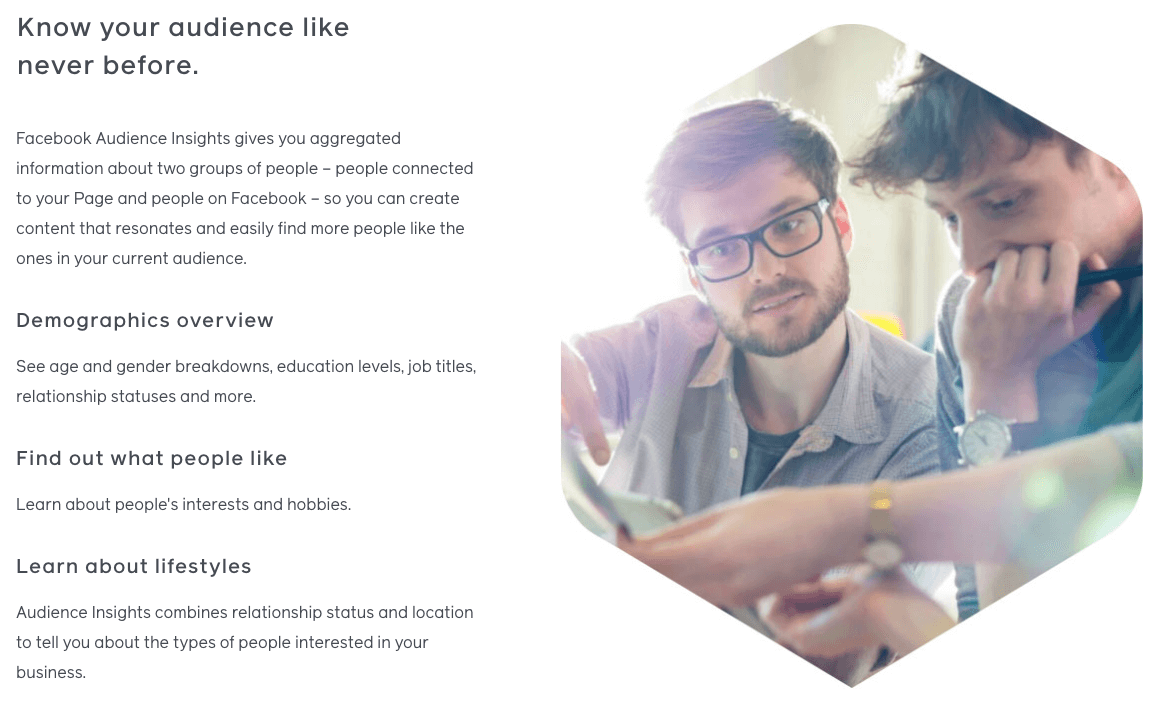
3. Choose your social media channels
When running a social media campaign, you're likely to get better results when you focus on a few social media channels.
From your buyer persona, you have an idea of your ideal audience's favourite social media channels. Most times, it also depends on the type of product or service you're offering. For instance, LinkedIn is a popular network for B2B companies because many decision-makers are present on the platform.
Another way to select social media channels for your campaign is to look at past results on your website analytics. Which channels have referred more visitors to your website in the past? Which channels have brought in more leads? Are there any quick fixes you can make?
Stating these channels will affect your campaign as each channel has its best practices. Furthermore, each channel has its best content type and posting frequency. For example, what works on Twitter won’t necessarily work on Instagram and there’s a huge difference between LinkedIn and most other major social networks.
4. Use a social media calendar
When you run a social media campaign, timing is very important.
Using a social media calendar, you can outline your content from the beginning of your campaign to the end. A social media calendar is similar to a broader marketing campaign or editorial calendar, but focusing on social media activities and posts.
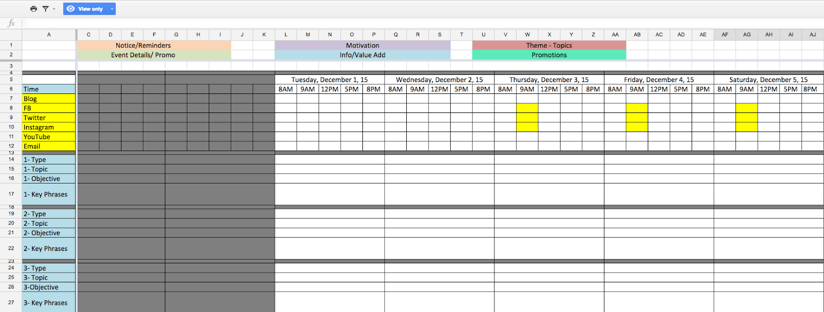
With a calendar in place, your team can focus on what needs to be done at a particular time. Some important tasks to have in your calendar include:
- Content creation overview to track that content is created in time.
- Content curation posts: when to share curated content.
- Employee advocacy posts: if/when your employees share updates from their personal accounts.
- Social media updates for each channel, throughout the campaign.
Your social media calendar will help ensure that you don’t miss any important steps in your strategy, while also helping you be more productive with your time.
5. Research the right tools to boost productivity
If you're running a social media campaign, you'll inevitably need tools at various stages of your campaign. You can increase your chances of success if you have a list of the tools you want to use at each stage of your social media campaign.
Here are some aspects where tools are vital:
Content creation
Content is key. There's no point defining your audience and planning your distribution if you then post the wrong thing.
Did you know, for example, in 2024 Instagram Reels are gaining an average engagement rate of 1.48%, which is the highest content type, ahead of carousels with 0.91% and images with 0.69%.
Therefore, you need to make sure you are creating the right type of content to delight your audience.
A popular tool you can use to create simple images and moving graphics for your campaign is Canva. It provides templates of the ideal image size for various channels. For your videos, a tool that makes the process easy is Animoto. AI is now available to support text and image creation for social media. Canva has some of the best free options Our article on Trends and Tools for AI in marketing highlights the latest developments.
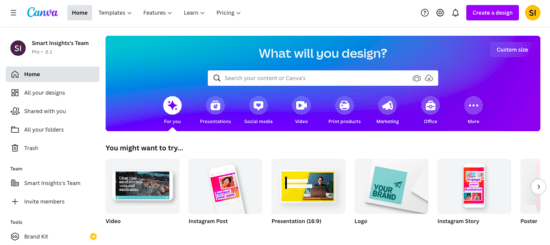
Content curation
To meet your content needs on social media, you'll need more than the content you produce. Sharing relevant content from other sources will help keep your audience engaged during your campaign.
One problem though is that sourcing these pieces of content manually is ineffective and a time drain. A tool such as Quuu or Curata can find relevant content for your pages.
Social media management
Tasks such as sharing updates, scheduling updates, social listening, collaborating with team members, and others can be accomplished through a social media management tool.
Consequently, you and your team members can carry out your social tasks on a single platform and save a lot of time. Agorapulse is an effective tool for social media management that can meet your team’s needs.
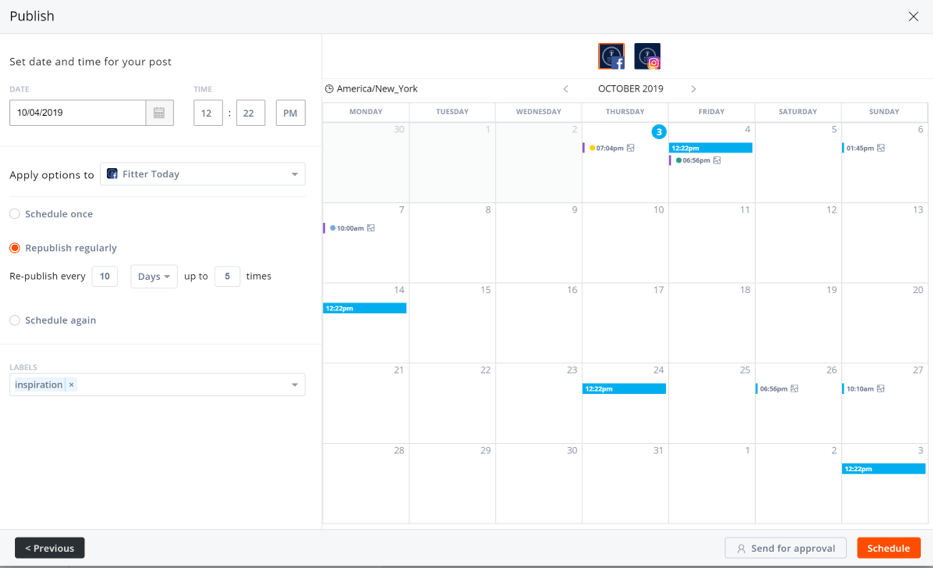
Social media analytics
You need social media analytics tools from the start of your campaign; once you know what your KPIs (key performance indicators) are, use social analytics tools to track them and see how your campaign is evolving.
With this data, you can then adjust and optimize your campaign for maximized results. To help, tools like Cyfe allow you to connect your different social network analytics, along with your website traffic so that you can track all of your results in one place.
6. Carry out competitive analysis
Performing competitive analysis can help you understand what your competitors’ strategy is like as well as see what tactics and channels work for them and which don’t. This activity should inform all aspects of your integrated marketing strategy.
Some vital parts to watch from your competitors are:
- Social channels used
- Type of content shared
- Frequency of social updates
- Results generated
Apart from watching your competitors for their great practices, you also need to watch out for their mistakes. Thereby, you can exploit them to gain an edge over your competitors.
You can benchmark against competitors to learn from their approaches to inform your campaign using a tool such as RivalIQ which is a paid social media competitor analaysi service, but includes free tools for 'head-to-head analysis'. You can also use tools made available by the social networks. Linked has a useful Competitor Analytics tool and Meta business suite offers Facebook benchmarking business insights to compare competitor pages to yours.
7. Put a system in place to track performance
Tracking performance for your campaign helps to determine the success or failure of your campaigns. More so, it can provide insights to help adjust your social media strategy even while a campaign is still running.
Another benefit you get from tracking your metrics is that it can necessitate changes for your future campaigns. It's vital to note though, that the metrics you track for your campaigns will depend on your goals.
For instance, you can use UTM parameters to track traffic from your campaign to your website. A tool such as Google Analytics will provide details about traffic from a source and its behavior on your website.
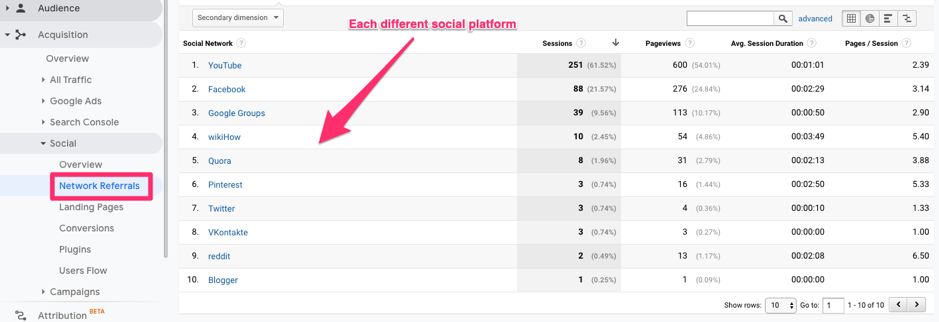
Latest social network campaign examples
TikTok for Business solutions are putting brands right at the front of their customers' hearts and minds with smart engagement strategies including UGC, influencers, and humour, as seen with:
Meta's Facebook has a dedicate success website that allows you to search by category of success story! Give it a try to find the most relevant examples for your business, and inspire your next social media campaign. Highlights include:
LinkedIn's Success Hub is no different - with a huge array of both B2B and B2C success stories from international giants including:
Snapchat for business boasts success stories using innovative new techniques including social AR experiences and omnichannel QR codes for in-store and online.
You can also review recent wins by X Ads and X Marketing Partners - including use of NFTs, live premieres/events, and website conversion optimization to drive results from social media.
Conclusion
To increase the chances of success for your social media marketing campaign, you need a robust plan in place before you start.
This starts with setting your goals. Then, you need to understand your audience, use a social content calendar to plan the actual content, use the right tools to run your campaign, and track your campaign performance throughout.
By following these steps, you’re well on your way to developing a successful social media campaign.
Download our Business Resource – Marketing campaign plan template
Create a modern, integrated, inbound marketing campaign plan by applying the RACE planning approach to maximize leads and revenue.
Access the Marketing campaign plan template













